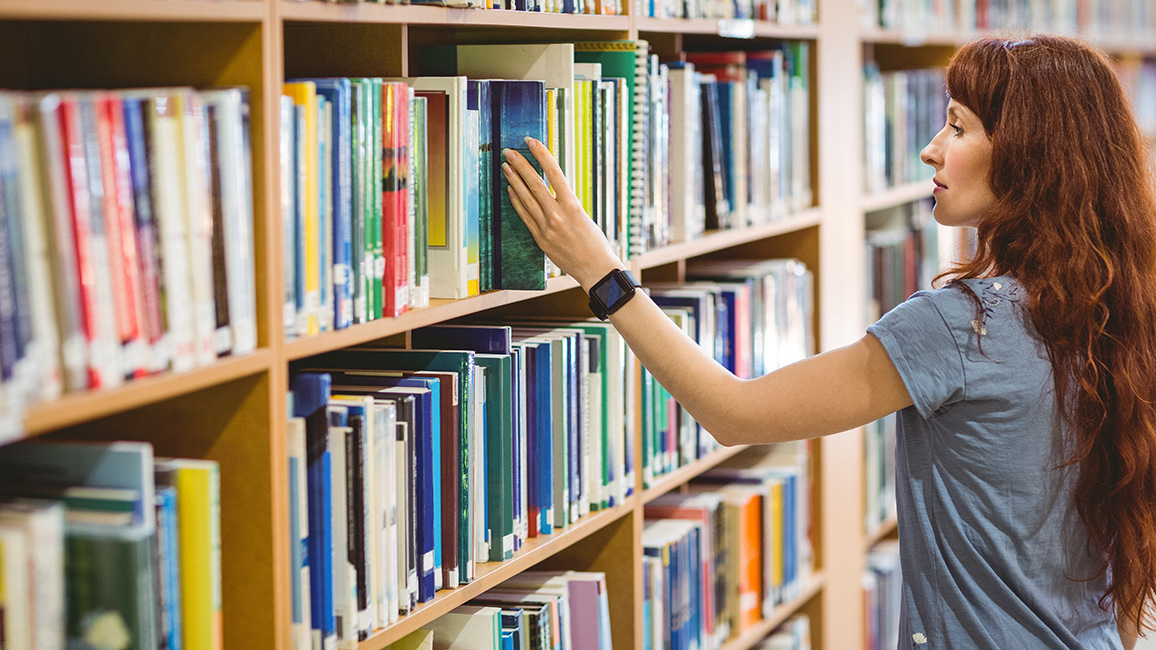University collections are part of the material cultural heritage of the sciences. They serve as research infrastructure for various disciplines in the humanities and social sciences as well as the natural and technical sciences. Direct engagement with the objects in the collections and the organisational principles of collections help to answer scientific questions or to pose new ones. In 2015, the Federal Ministry of Education and Research (BMBF) launched the funding programme "Vernetzen - Erschließen - Forschen. Alliance for University Collections" funding programme in 2015: 15 (collaborative) projects were funded under this programme between 2016 and 2020 with a total of over 9 million euros. The funding guideline was published once again in 2021. In addition to research projects focusing on the humanities and social sciences, which were launched in mid-2023, an accompanying project of the "Coordination Centre for Scientific University Collections" (see below) is also being funded, which supports the integration and transfer of knowledge to the wider collection community in Germany, among other things. The project will run until 2027.
The aim is to demonstrate the broad utilisation potential of the collections by means of targeted research projects. By integrating the collections, the funding also provides sustainable impetus in areas such as collection management and indexing, collection digitisation as well as conservation and restoration. The collections are given the opportunity to enter into alliances with resource-rich external or internal university co-operation partners. For example, they can involve museum partners who can provide them with advice and support on digitisation or conservation issues, presentation techniques, inventories or teaching formats.
Portal Scientific University Collections in Germany
The Coordination Centre for Scientific University Collections in Germany, funded by the BMBF from 2012 to 2022, supports the visibility and usability of scientific collections nationwide. From 2022 to 2027, it will implement the above-mentioned accompanying project as part of the BMBF funding guideline "Alliance for University Collections II".
Since 2021, the BMBF has also been funding a pilot project at Göttingen University's Forum Wissen together with the Lower Saxony Ministry of Science and Culture. Until the end of 2026, research will be conducted into how university collections and interdisciplinary research can be translated into different formats for science communication and knowledge transfer and made visible to society.


